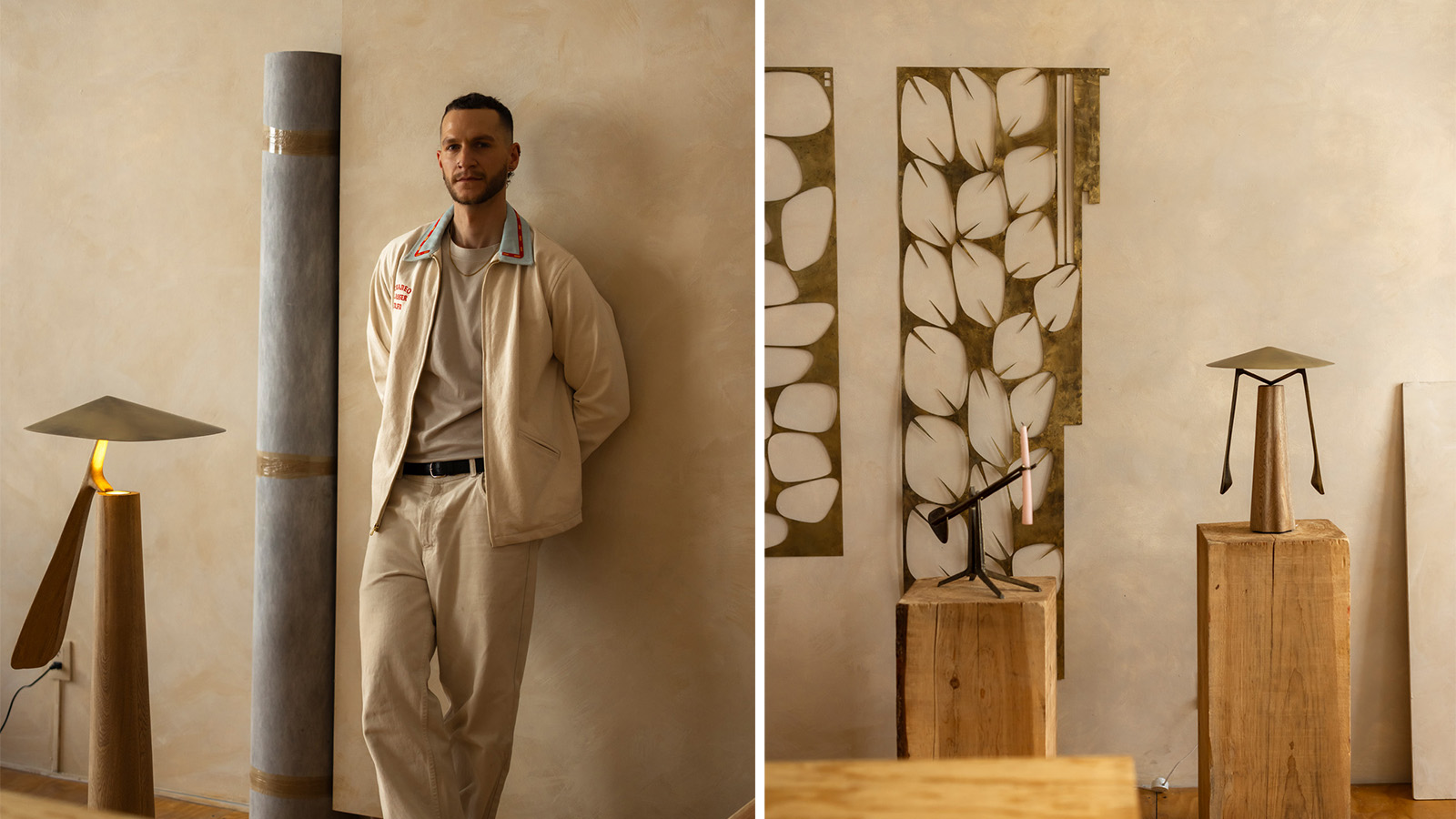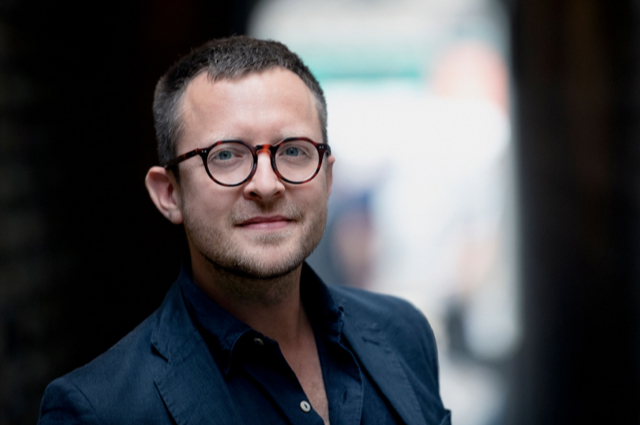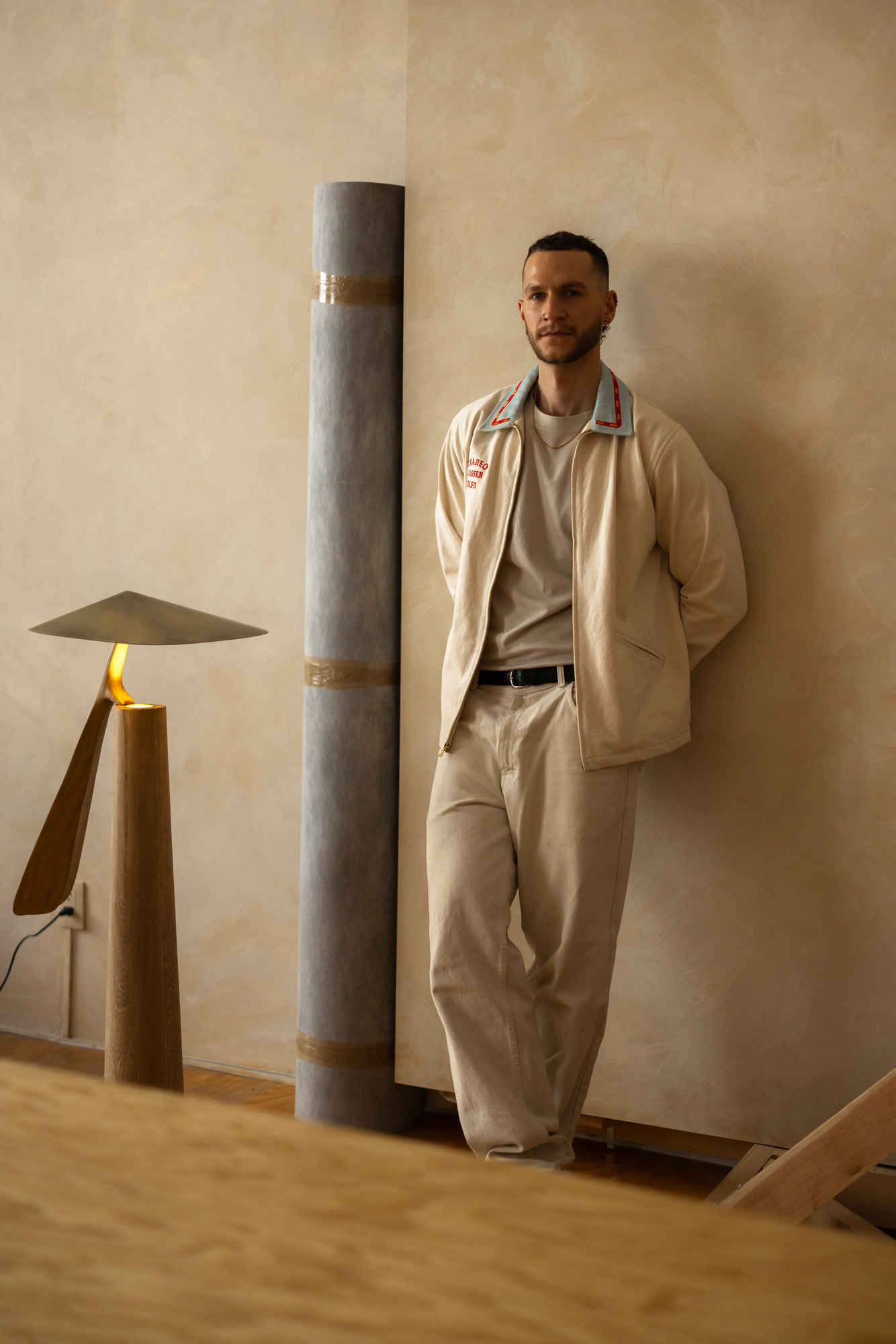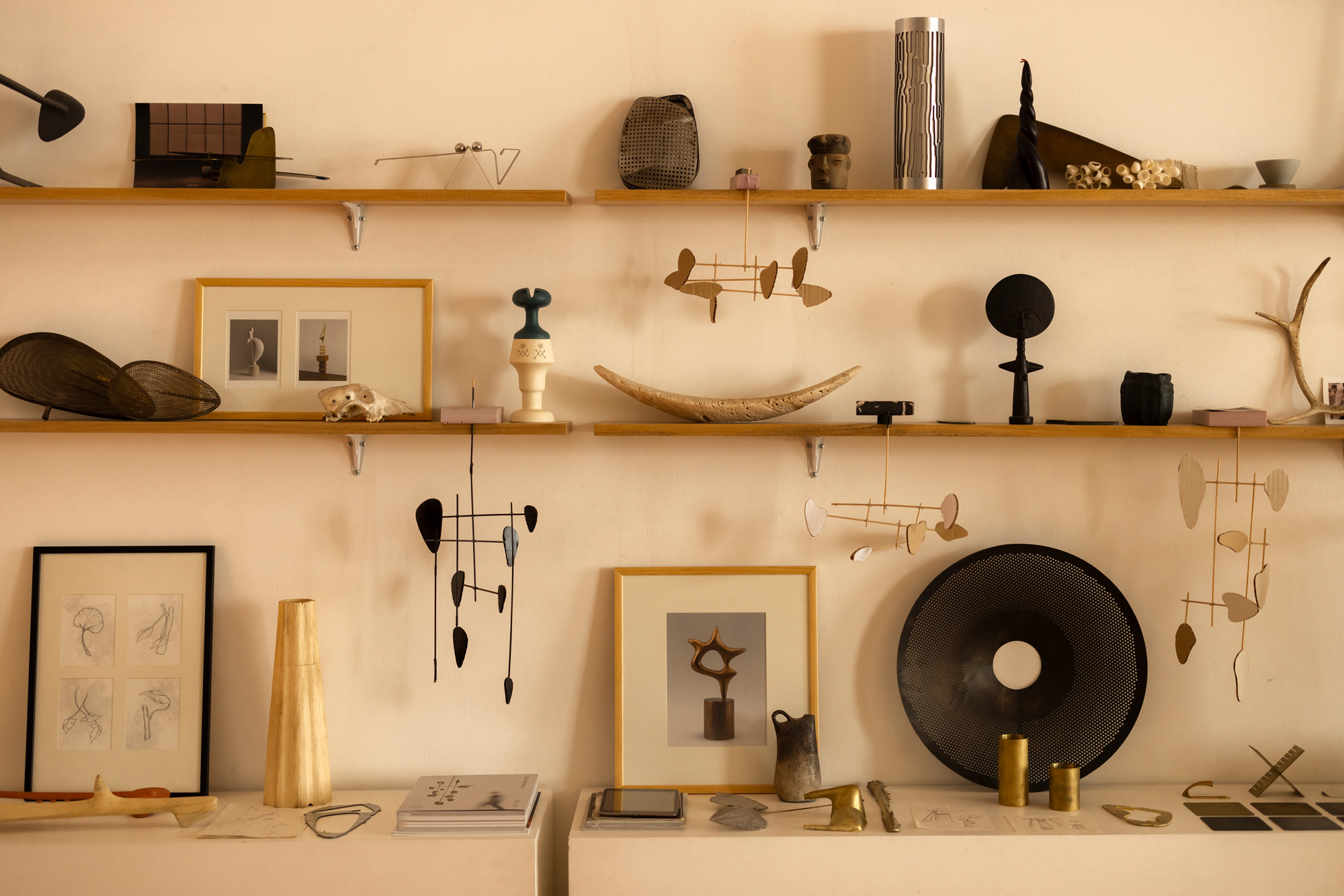Complex and stimulating, Federico Stefanovich's industrial designs act like a bridge between culture and economics
In a rapidly changing world, the route designers take to discover their calling is increasingly circuitous. Here Federico Stefanovich tells us about his increasing desire to find his own path


For Wallpaper’s 2025 Next Generation issue, we have rounded-up a hotlist of emerging design talent from around the world, shining a light on the newcomers paving the present and forging the future. Join us on our journey to meet ten designers from Adelaide, Tokyo, London, Lagos, Guatemala City, Mexico City, Loch Lomond, New York and Paris. Welcome to our ascending stars of 2025.
Emerging designer Federico Stefanovich, Mexico City

Stefanovich grew up in Mexico City with an industrial designer for a father and, after studying design himself, he spent a decade learning about furniture and product design in the studio of Hector Esrawe. In 2019, he exhibited work under his own name during Mexico Design Week, and last summer, he presented a full collection with Rudy Weissenberg and Rodman Primack’s AGO Projects.
Wallpaper*: How did you settle on design as your calling?
FS: My parents’ house was filled with interesting things and there’s no doubt that my father’s profession had an influence. Working with Hector Esrawe was the ultimate design education for me. It was a huge studio with an overwhelming number of projects, from commercial furniture and scenography to editorial shoots and collectible design. I learnt so much, but increasingly I felt the desire to find my own path.
W*: How do you describe your work?
FS: If I had to give it a label, it would be collectible design, though I think of it more as technical, functional mobiles and moving sculptures. The process of my suspended works is complex and stimulating; I need to grapple with weights and volumes, density, gravity centres. You have to understand the calculations and the physics to achieve something that feels poetic.
W*: What motivates your work?
FS: A lot of trial and error! I do 3D modelling and have developed a method of calculation that means I can scale my work up or down with the help of a computer. Away from the computer, my inspiration starts from nature, like the shapes of animals or birds.

W*: What would be a dream commission?
FS: I’d love to do a public installation and have people interact with a large-scale sculpture or mobile. Accessibility is something I think about a lot and I’d like to work on something that anyone can experience.
W*: What do you believe is the power of design?
FS: It builds bridges. Working in collectible design is slow and expensive, but I get to work with artisans of extraordinary skill in family workshops all over the city. It might sound grand, but I like to think that my work plays a small part in redistributing wealth. At first I was concerned that I was just designing nice things for rich people; now I like to think that I’m building cultural and economic bridges between clients in New York and workshops in Mexico City.
Wallpaper* Newsletter
Receive our daily digest of inspiration, escapism and design stories from around the world direct to your inbox.
Federico Stefanovich, photographed by Maureen M Evans, in his Mexico City studio, with his ‘Folia’ floor lamp, and ‘Temis’ candleholder
@federico.stefanovich

Hugo is a design critic, curator and the co-founder of Bard, a gallery in Edinburgh dedicated to Scottish design and craft. A long-serving member of the Wallpaper* family, he has also been the design editor at Monocle and the brand director at Studioilse, Ilse Crawford's multi-faceted design studio. Today, Hugo wields his pen and opinions for a broad swathe of publications and panels. He has twice curated both the Object section of MIART (the Milan Contemporary Art Fair) and the Harewood House Biennial. He consults as a strategist and writer for clients ranging from Airbnb to Vitra, Ikea to Instagram, Erdem to The Goldsmith's Company. Hugo has this year returned to the Wallpaper* fold to cover the parental leave of Rosa Bertoli as Global Design Director.
-
 All-In is the Paris-based label making full-force fashion for main character dressing
All-In is the Paris-based label making full-force fashion for main character dressingPart of our monthly Uprising series, Wallpaper* meets Benjamin Barron and Bror August Vestbø of All-In, the LVMH Prize-nominated label which bases its collections on a riotous cast of characters – real and imagined
By Orla Brennan
-
 Maserati joins forces with Giorgetti for a turbo-charged relationship
Maserati joins forces with Giorgetti for a turbo-charged relationshipAnnouncing their marriage during Milan Design Week, the brands unveiled a collection, a car and a long term commitment
By Hugo Macdonald
-
 Through an innovative new training program, Poltrona Frau aims to safeguard Italian craft
Through an innovative new training program, Poltrona Frau aims to safeguard Italian craftThe heritage furniture manufacturer is training a new generation of leather artisans
By Cristina Kiran Piotti